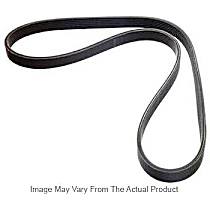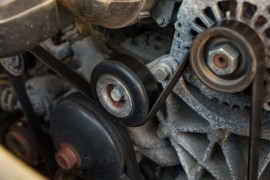{
"lazyNodes": false,
"abFitnotesFlag": false,
"abCrawlReviews": false,
"productOptionsCookie": false,
"orderDelayFlag": false,
"skipSessionCookie": false,
"covidMessage": false,
"fullTitleCookie": false,
"nrLoggerCookie": false,
"checkoutReviewCookie": false,
"productOptionSeqCookie": false,
"maintenanceFlag": false,
"bufferETACookie": false,
"multiShippingDiscountFlag": false,
"newFitmentFlag": false,
"surveyOptInFlag": false,
"crossSellFlag": false,
"skuMappingFlag": false,
"paySplitCookie": false,
"callDisableFlag": false,
"zipPaymentFlag": "u",
"hassleFreeReturn": false,
"lifetimeReplacement": false,
"cpn_off": false
}Need Help? Call Us1-866-529-0412
1987 Toyota MR2
1987 Toyota MR2 Drive Belts
Refine by:
Shop Catalog
Showing 1 - 3 of 3 results
Sort by:
Part Number: DY5050325
Guaranteed to Fit
$20.99
Vehicle Fitment
- 1987 Toyota MR2 All Submodels All Engines
Product Details
Location : Alternator and Water PumpWarranty : Dayco limited warrantyProduct Fit : Direct FitType : Serpentine beltQuantity Sold : Sold individuallyProp 65 Warning :
![]() WARNING: This product can expose you to chemical which is known to the State of California to cause cancer and birth defects or other reproductive harm. For more information go to www.P65Warnings.ca.gov.
WARNING: This product can expose you to chemical which is known to the State of California to cause cancer and birth defects or other reproductive harm. For more information go to www.P65Warnings.ca.gov.
Part Number: DY5040362
Guaranteed to Fit
$16.99
Vehicle Fitment
- 1987 Toyota MR2 All Submodels All Engines
Product Details
Location : Air Conditioning and IdlerWarranty : Dayco limited warrantyProduct Fit : Direct FitType : Serpentine beltQuantity Sold : Sold individuallyProp 65 Warning :
![]() WARNING: This product can expose you to chemical which is known to the State of California to cause cancer and birth defects or other reproductive harm. For more information go to www.P65Warnings.ca.gov.
WARNING: This product can expose you to chemical which is known to the State of California to cause cancer and birth defects or other reproductive harm. For more information go to www.P65Warnings.ca.gov.
Page 1 of 1 | Showing 1 - 3 of 3 results
Popular Products

DaycoDayco Poly Rib Series Drive Belt - Serpentine beltManufacturer #5050325
( Reviews) Questions, Answers
DAYCO POLY RIB SERPENTINE DRIVE BELTS
- MADE IN USA
- Engineered for high mileage, misaligned or worn multiple-accessory drives
- Patent-pending “W” profile enhances tip’s flexibility and reduces noise
- Aram...
Helpful Automotive Resources
Where is the Idler Pulley Located?Accessing the idler pulley can be deceptively tricky and you’ll need tools like a socket set and a torque wrench. It varies though, and on some engines it’s very easy but the belt needs to be removed first.
.u18cc9b6ea5bb2e07e791f1ba5fba3f49 { padding:0px; margin: 0; padding-top:1em!important; padding-bottom:1em!important; width:100%; display: block; font-weight:bold; background-color:#eaeaea;
What Happens When a Car Reaches Maximum Mileage?Mileage refers to the total distance a vehicle has traveled. So when the odometer is maxed out, it could mean that the vehicle has reached the end of its service life or is nearing retirement.
Got a Squealing Belt? These Issues Could Be WhyA V-belt has a cross-section tapered in a “V” shape that’s angled at approximately 34 degrees. It can have a flat surface or ridges.
12 Reasons Your Car Is Making a Whistling NoiseThe serpentine belt transmits turning force from the crankshaft pulley to the alternator, power steering pump, and air conditioner, etc. When there’s moisture on the belt from one of the liquids commonly found under the hood like fuel, coolant, or oil, it will cause various different types of noise, but
Where is the A/C Compressor Located?While a growing number of compressors are the variable-displacement type, which can vary the amount of refrigerant the compressor moves through the system, most still have what’s referred to as a positive-displacement design.
Car Troubles: Where Is That Screeching Noise Coming From?A screeching noise coming from your engine compartment can typically be isolated with a few simple steps. Make sure to wear safety glasses and keep away from moving parts when checking your vehicle.











